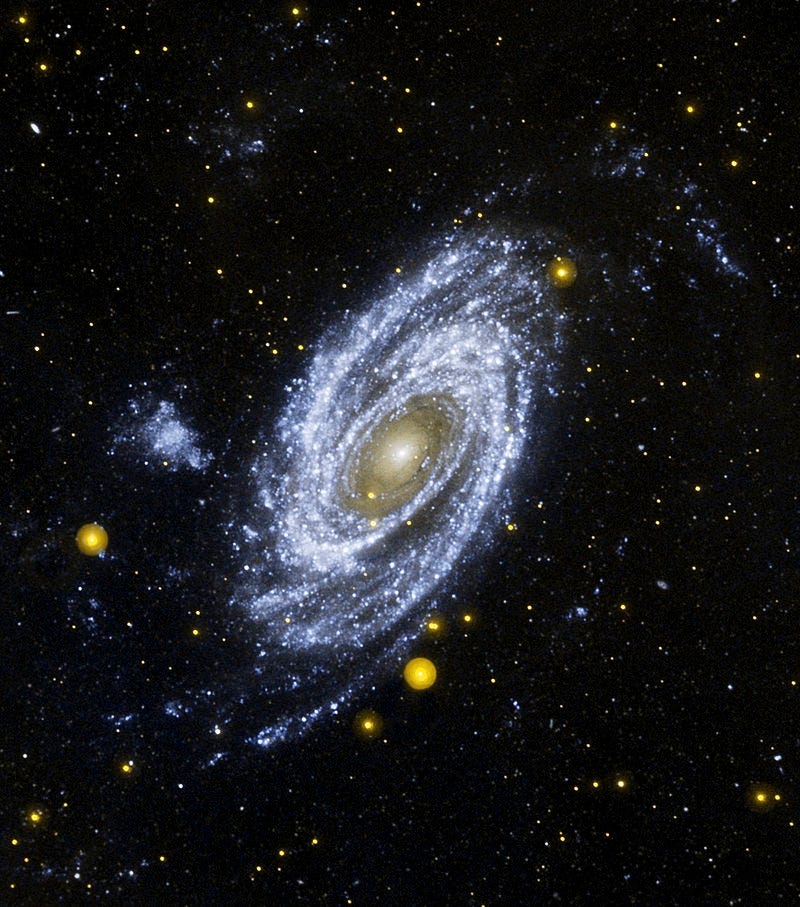Types of Astronomy (with beautiful images)
A brief overview on all the methods in use to observe the universe.
#We are making something exciting for space and astronomy fans, check here.
Astronomy is a fascinating field that has captured the attention of humanity for centuries. From the earliest observations of the night sky to the cutting-edge technology of modern telescopes, astronomy has allowed us to explore the mysteries of the universe and gain a greater understanding of our place in it.
From studying the stars and planets in our own solar system to examining distant galaxies and black holes, there are many different types of astronomy that offer unique insights into the workings of the universe.
In this article, we will explore some of the most important types of observational astronomy and what they can teach us about the cosmos.
Tycho Brahe was last major astronomer before the invention of the telescope. His observations of stellar and planetary positions had accuracy reaching 1 arcminute (1/60 of a degree!)
Observational Astronomy
This is the most traditional type of astronomy, involving the direct observation of celestial objects using telescopes and other instruments. Based on the region of the electromagnetic spectrum on which the observations are made, observational astronomy are classified into different subtypes.
Radio Astronomy
This type of astronomy has been particularly important for studying the structure of our own galaxy, the Milky Way.
Radio astronomy is a type of observational astronomy that studies celestial objects at radio frequencies. It involves using radio telescopes to detect and analyze radio waves emitted by objects in the sky, such as stars, galaxies, and quasars.
The first detection of radio waves from an astronomical object was in 1933, when Karl Jansky at Bell Telephone Laboratories reported radiation coming from the Milky Way.
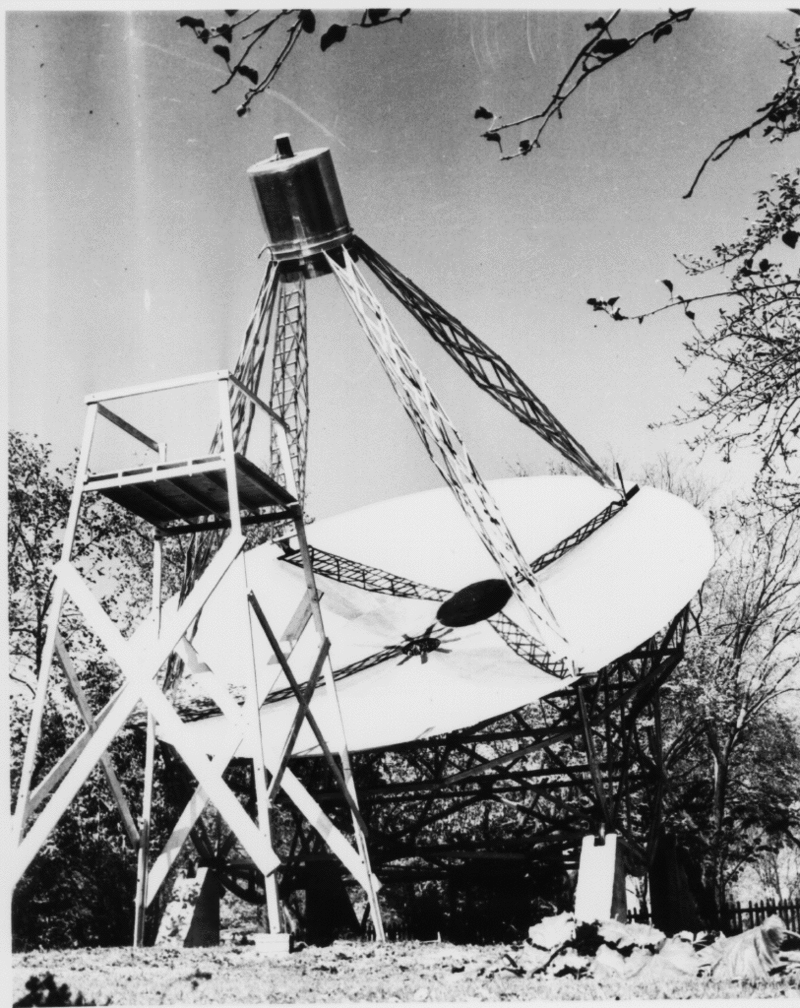
Here's how radio astronomy works:
Collecting radio waves: Radio telescopes are large dishes or arrays of dishes that are sensitive to radio waves. When radio waves from a celestial object reach the telescope, they are collected by the dish or array and focused onto a receiver.
Amplifying the signal: The receiver amplifies the weak signal from the radio waves, making it stronger and easier to analyze. This signal is then sent to a computer for processing.
Analyzing the signal: The computer analyzes the signal to determine its properties, such as its frequency, intensity, and polarization. By studying the properties of the radio waves, astronomers can learn about the properties of the celestial object that emitted them.
Creating images: By combining data from multiple radio telescopes, astronomers can create images of celestial objects at radio frequencies. This is similar to the way that optical telescopes create images by combining light from multiple sources.
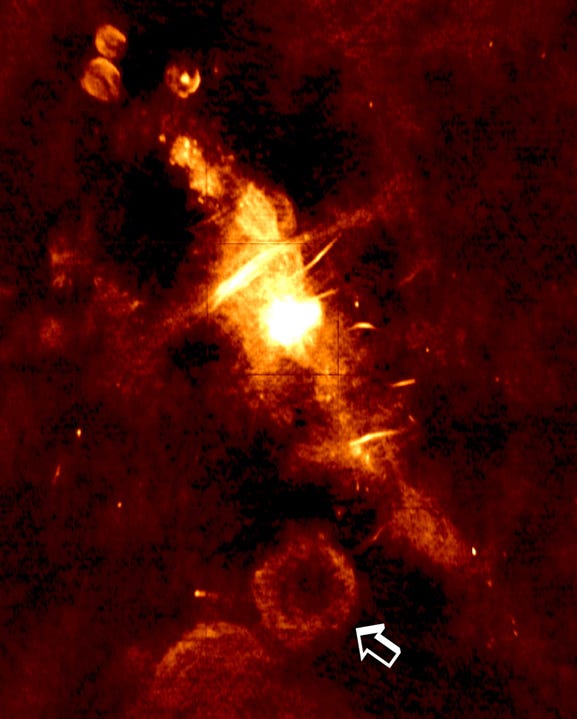
Infrared Astronomy
Infrared telescopes are used to observe celestial objects at longer wavelengths than visible light. Infrared and optical astronomy are often practiced using the same telescopes, as the same mirrors or lenses are usually effective over a wavelength range that includes both visible and infrared light.
This is particularly useful for studying objects that are obscured by dust clouds, as the dust emits strongly in the infrared. Infrared astronomy is also important for studying the formation of stars and planets.
Ultraviolet Astronomy
Ultraviolet telescopes are used to observe celestial objects at shorter wavelengths than visible light. Light at those wavelengths is absorbed by the Earth's atmosphere, requiring observations at these wavelengths to be performed from the upper atmosphere or from space. This is particularly useful for studying the properties of hot, young stars and the interstellar medium.
X-ray Astronomy
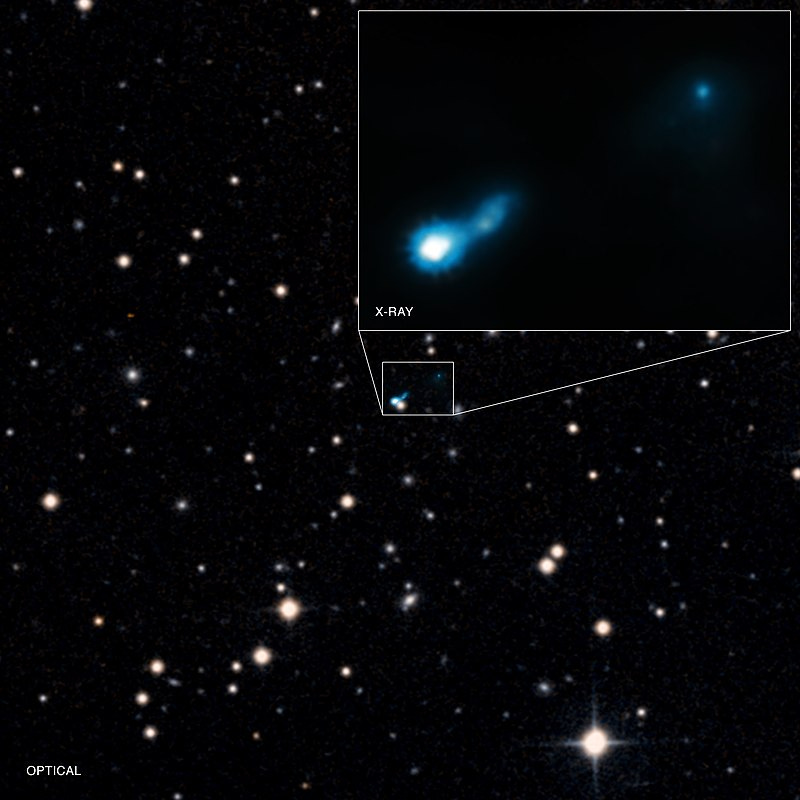
X-ray telescopes are used to observe celestial objects that emit X-rays, such as black holes, neutron stars, and supernova remnants. X-ray astronomy has been particularly important for studying the high-energy processes that occur in these objects.
Gamma ray Astronomy
Gamma rays are produced by some of the most energetic processes in the universe, and studying them can provide insights into the behavior of matter and energy under extreme conditions. Most gamma-ray emitting sources are actually gamma-ray bursts, objects which only produce gamma radiation for a few milliseconds to thousands of seconds before fading away. These include pulsars, neutron stars, and black hole candidates such as active galactic nuclei.
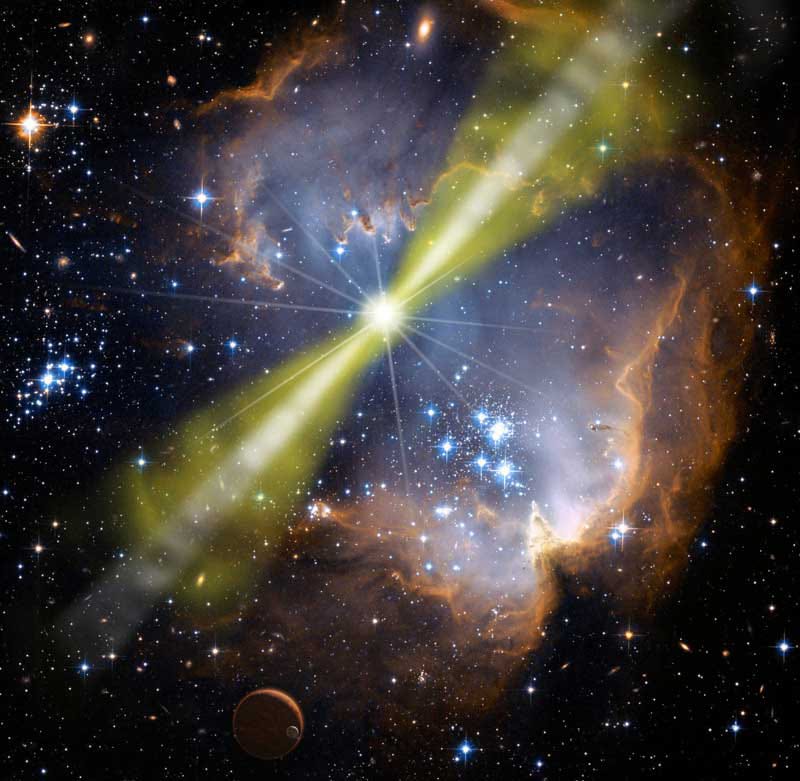
Gamma rays may be observed directly by satellites such as the Compton Gamma Ray Observatory or by specialized telescopes called atmospheric Cherenkov telescopes.
Astronomy beyond electromagnetic spectrum
In addition to what we discussed above there are different types of astronomy that are not based on the electromagnetic wave. Some examples:
Neutrino Astronomy
Neutrinos are subatomic particles that are produced by nuclear reactions and other high-energy processes in the universe. Neutrinos are extremely difficult to detect because they interact very weakly with matter. Neutrino astronomy involves the use of large detectors, typically located deep underground or under water, that are sensitive to the small number of neutrinos that pass through them.
Neutrino astronomy has already provided important insights into some of the most energetic and exotic phenomena in the universe. For example, in 1987, neutrino detectors detected a burst of neutrinos from a nearby supernova, providing the first direct evidence of the process by which stars explode at the end of their lives.
Gravitational-wave astronomy
Gravitational-wave astronomy is based on detecting and analyzing gravitational waves. It involves the use of sophisticated detectors, such as LIGO and the Virgo interferometer, which are designed to detect tiny distortions in space-time caused by passing gravitational waves. These detectors use lasers and mirrors to measure changes in the distance between two points that are separated by a large distance.
Multi-messenger astronomy
Astronomy ultimately is based on “information” or “messages” received from the different objects in the universe. As per current technology, 4 different types of messages can be identified, namely—
Electromagnetic radiation
Gravitational waves
Neutrinos
Cosmic rays
They are created by different astrophysical processes, and thus reveal different information about their sources. The coordinated observation and interpretation of messages coming from all these sources — called “messenger”, is referred as Multi-messenger astronomy.
So, that was a brief overview of different types of astronomy. In next article we will cover another interesting topic related to rockets and space!




